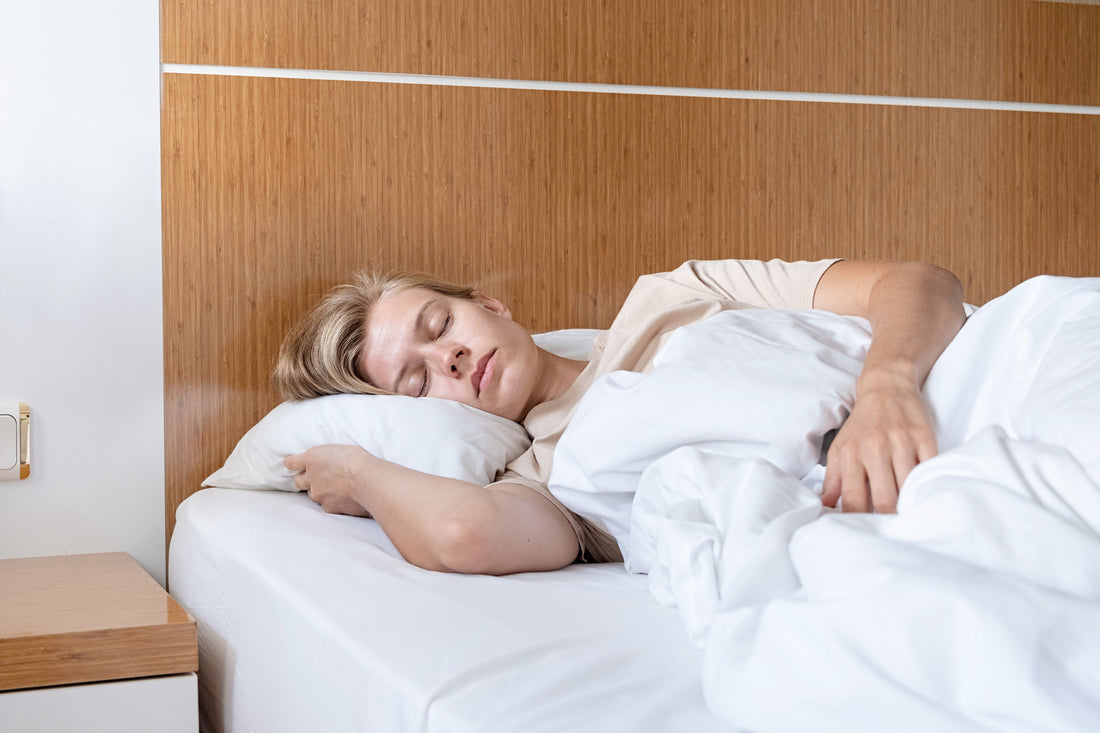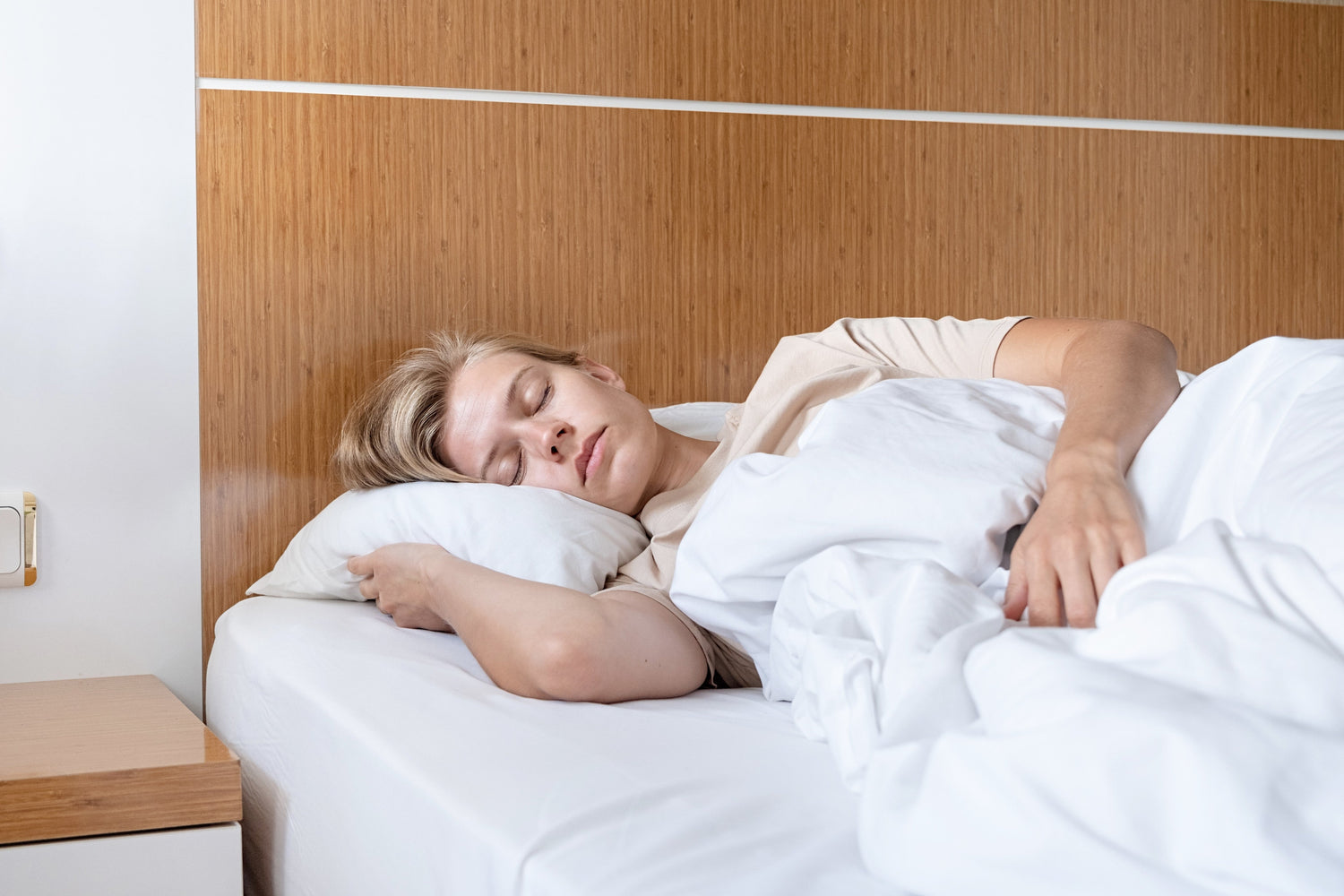For many of us, side sleeping is the most natural way to rest. It’s cozy, helps reduce snoring, and even supports digestion and acid reflux relief.
But there’s a downside that often goes unnoticed: waking up with a stiff neck, sore shoulders, or numb hands.
If that sounds familiar, you're not alone. Side sleeping is one of the most common position, especially among older adults and people with certain health conditions.
However, research shows that side sleeping can increase the risk of neck pain, shoulder tension, and hip discomfort due to poor alignment during sleep.
Surprisingly, one of the biggest causes is often overlooked:
👉 An unsupportive pillow.

The Problem: Why Side Sleepers Often Wake Up in Pain
When sleeping on your side, your body naturally curves. To stay comfortable and pain-free, your spine needs to remain aligned from head to hips. But that’s hard to achieve if your pillow is too high, too flat, or lacks contour support.
What the Science Says:
-
Pillow material matters: Studies show that latex and spring pillows outperform feather pillows in relieving neck pain and morning stiffness.
-
Shape & height are key: Contoured pillows with higher sides and a lower center (about 7–11 cm) help align the cervical spine and reduce strain.
-
Cooling boosts comfort: Breathable, moisture-wicking surfaces reduce overheating—a key factor in sleep quality.
-
Mattress support counts: A topper with shoulder and hip cutouts can reduce pressure points and improve spinal alignment.
-
Stretching & posture training: These help recondition muscles affected by long-term poor posture.
These findings point to a clear takeaway:
🛏️ Good sleep posture begins with proper pillow and mattress support.

5 Practical Tips for Side Sleepers
You don’t need to change how you sleep. Instead, optimize how your body is supported. Here’s how:
-
Choose a supportive pillow: Look for one that maintains the natural curve of your neck and keeps your head in line with your spine.
-
Add a knee pillow or body pillow: This keeps your hips aligned and reduces strain on your lower back.
-
Check your mattress: If it's too firm, it may cause pressure points. Too soft, and your spine may sag. A medium-firm feel often works best.
-
Stretch daily: Target the upper back, shoulders, and hips to reduce tightness and improve mobility.
-
Stay cool at night: Choose pillows and bedding made with breathable, temperature-regulating materials to support deep, uninterrupted sleep.

The Slumblr Solution: Built for Side Sleepers
If you’re ready to wake up without the pain, one of the most impactful upgrades you can make is switching to ergonomic pillow, like Slumblr.
Designed specifically for side sleepers, the Slumblr Pillow offers total alignment and pressure relief.

Why Slumblr Stands Out:
-
✅ Center dip + chin rest: Keeps your head centered and your jaw in alignment, reducing strain on your neck and upper spine.
-
✅ Shape-retaining foam: Holds its form night after night, no more flattening or sagging.
-
✅ Shoulder arch zone: Relieves muscle tension and speeds up recovery after a long day.
-
✅ Back & arm support wings: Stabilize your position and prevent awkward twisting or numb arms.
-
✅ Cooling, breathable cover: Moisture-wicking and ultra-soft, ideal for hot sleepers.
-
✅ Machine washable: Easy to maintain, built for everyday comfort.
Backed by sleep science and real user results, Slumblr helps side sleepers achieve deep, restorative rest without morning discomfort.

Final Thoughts
Side sleeping isn't the problem. Poor support is.
By focusing on proper posture, temperature regulation, and spinal alignment, you can continue sleeping in your favorite position without the pain.
So, if you're ready to stop waking up sore and start waking up refreshed, it might be time to switch to a pillow that’s built for you.
👉 Experience the difference with Slumblr. Your neck, shoulders, and spine will thank you.





